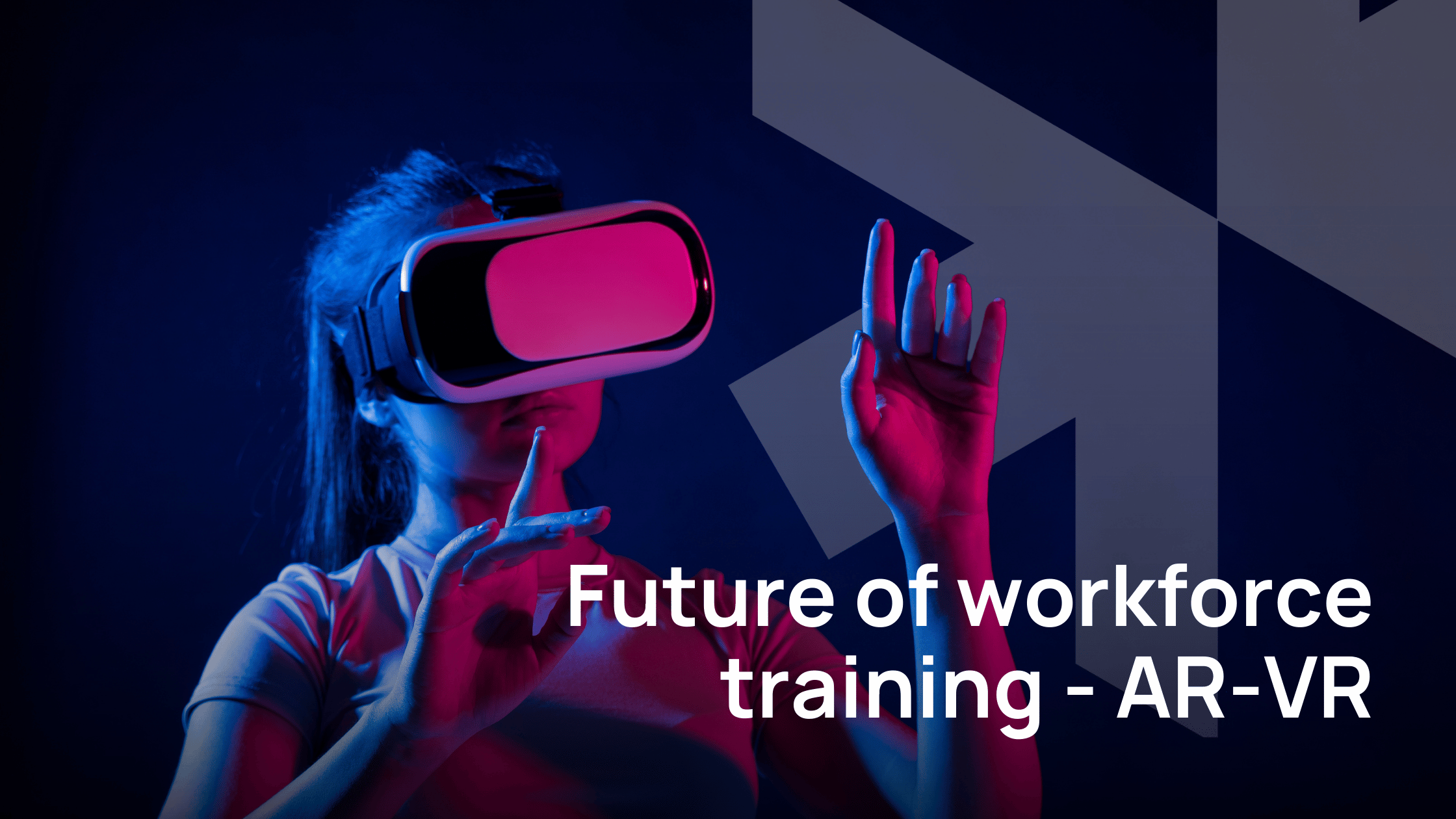The BI-power decisions road map starts with quality data capture, and graduates to automating decision making. Further graduations include reduction in the burden of decision making and even self-service decisions for stakeholders.
Business Intelligence has several definitions.
The technical definition will include all the right keywords such as processes, architectures, information, transformation and insights to profits. However, a more practical definition based on the utility of the technology, that we often propose to our clients is – if you are able to take better decisions and still manage to go an hour or two early to your homes, we will call it a success.
But what appears to be a simple and practical definition takes a good lot of effort. Even when there is a whole range of technologies and methods and practices already available in the market. The reason is culture. For organisations are traditionally used to take decisions based on intuitions. In fact, one’s growth in the traditional organisation is actually a result of his ability to take decisions, even when the information that he/she has is incomplete. For effective use and appreciation of Business Intelligence, a new culture is required.
Data Science Road map includes 5 key steps.
Automating the data capture and storage
The raw material for data sciences is, well, data. And to drive it, the process of collecting and organising data, automatically, is like half the battle won. This requires tools to collect the data from disparate sources, use proper transformation and standardisation techniques and store it in a database, data mart, data warehouse or a more modern way would be data store. The data store will serve as the central repository of data made available for insights into a variety of decisions. The aim of creating data mart is to standardise and optimise the data to keep it ‘analytics’ ready. The quality of data that is being collected is critical to churn ‘quality’ insights without error or doubts.
Typically, the type of transactions being captured and stored in the data mart define the need for refreshing the data, its perish-ability for insights. The more recent and frequent the updates to the data warehouse or mart, the more the insights from the BI tool are closer to the ‘real time’
Building the business intelligence layer
Typically, as organisations get used to business intelligence they need advanced tools and platforms to set users questions and find answers, quickly. The reporting environment which includes visualisation and analysis tools is the first layer of business intelligence. This flexible and interactive tools are accessible to the end users, decision makers and of course the IT team. The tools available in the market come with a variety of flexibility in terms of assumptions, the questions, and the ability to generate answers. The key here is the users start understanding the value of accumulated data and the need for further analytical methodologies to identify hidden patterns and trends. That brings us to the next step which is statistical modelling and data mining.
Data mining
As users realise the importance of having rich, clean and automated data capture coupled with hidden patterns in accumulating data the environment is ripe to introduce data mining. The step involves use statistical and mathematical techniques to create predictions, assess risks, and identify opportunities that were previously unavailable.
Enabling data mining in the organisation typically requires expert group of experienced data scientist, subject matter experts, and the internal IT team to work together. The group should be able to build and model the organisations data in unique way to present meaningful insights. While the users continue to use the first layer of business intelligence, the data scientists work to mine deeper insights from disparate sets of accumulated data. Over a period of time this creates the possibility of a centre of excellence in analytics.
The centre of excellence
With a more mature infrastructure and methodology the data can be leverage further to reflect greater set of meta data, business challenges, and innovative analysis ideas to create wider analytical cycle. This expanding cycle becomes a way of looking and conducting business and eventually helps to drive further investments in data acquisition and reporting strategies.
Several global business organisations today have Centre of excellence in analytics in India. Crafsol has been supporting small and medium enterprises to build and run their centres of excellence by providing an outsourced data science team based out of India. The dedicated team offers end-to-end support in analytics activities from processing of data, transforming initial data into a data mart and developing insights on ongoing basis through analytics.
Real-time decision making
The availability of business intelligence insights in this phase shift from the desktop to cell phones. From alerts messages to highly interactive reports, dashboards and even micro applications, there are multiple ways to support faster and real-time decision making. This also requires optimisation of internal decision workflows, exact data capture from customer touch points, and leverage the same for real time and dynamic decision making.
Conclusion
When the BI is powered by a centralised, easily available, and high-quality data mart the impact of decisions is seen immediately. The analytics service provider has a key role in enabling the power of business intelligence for your decision-making. The ultimate goal of course is to use the intelligence and drive the customer experience to a whole new level. Crafsol has been helping organisations for over 10 years now to choose the right tools for their business intelligence implementations. We have also been engaged to analyse model and predict various insights for the business using Analytics on an on going basis. Whether it’s creating a data driven culture for your organisation or building a state of the art business intelligence and were meant for your business, Crafsol can work as your partner throughout the process.







